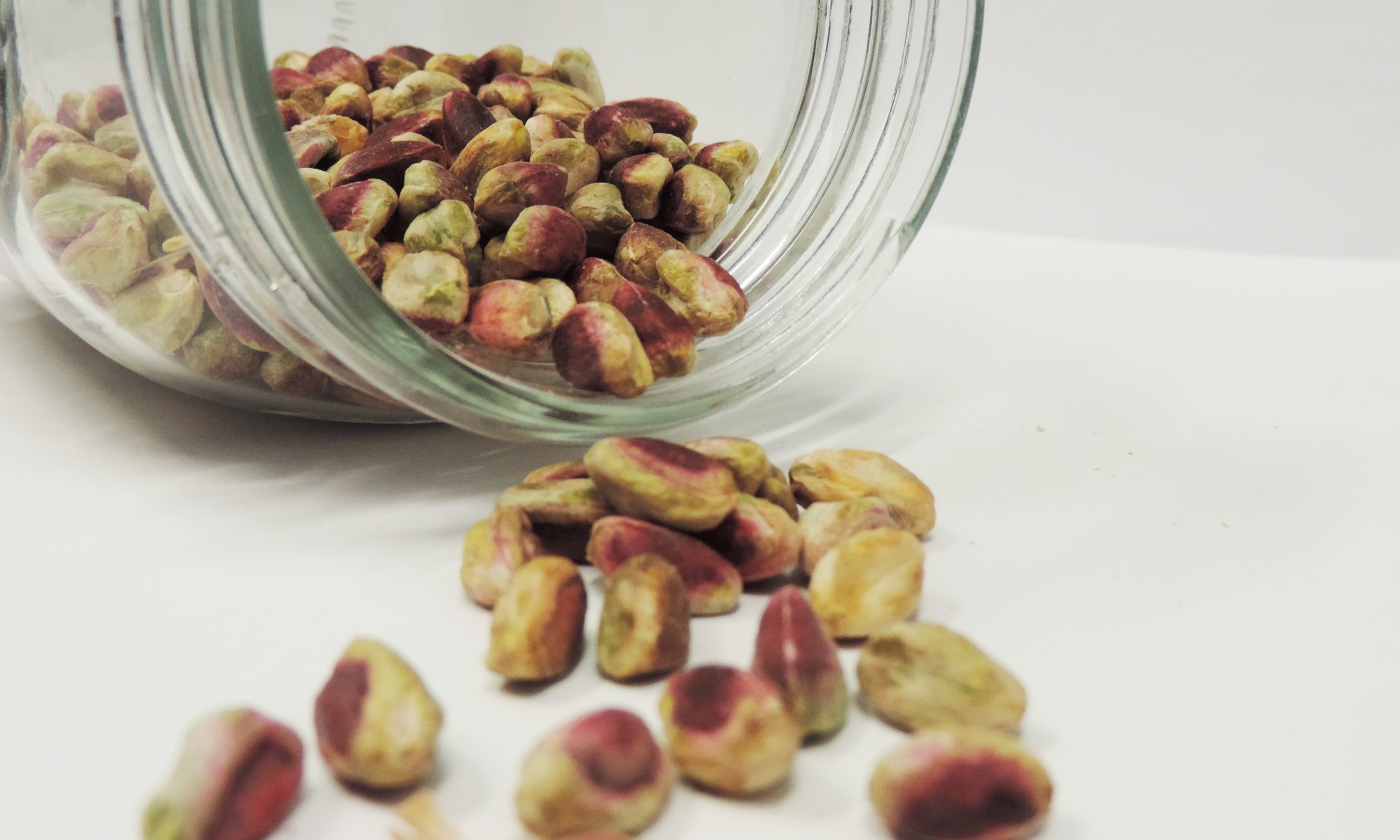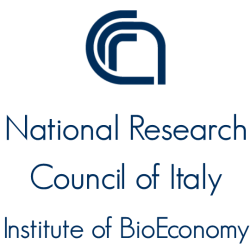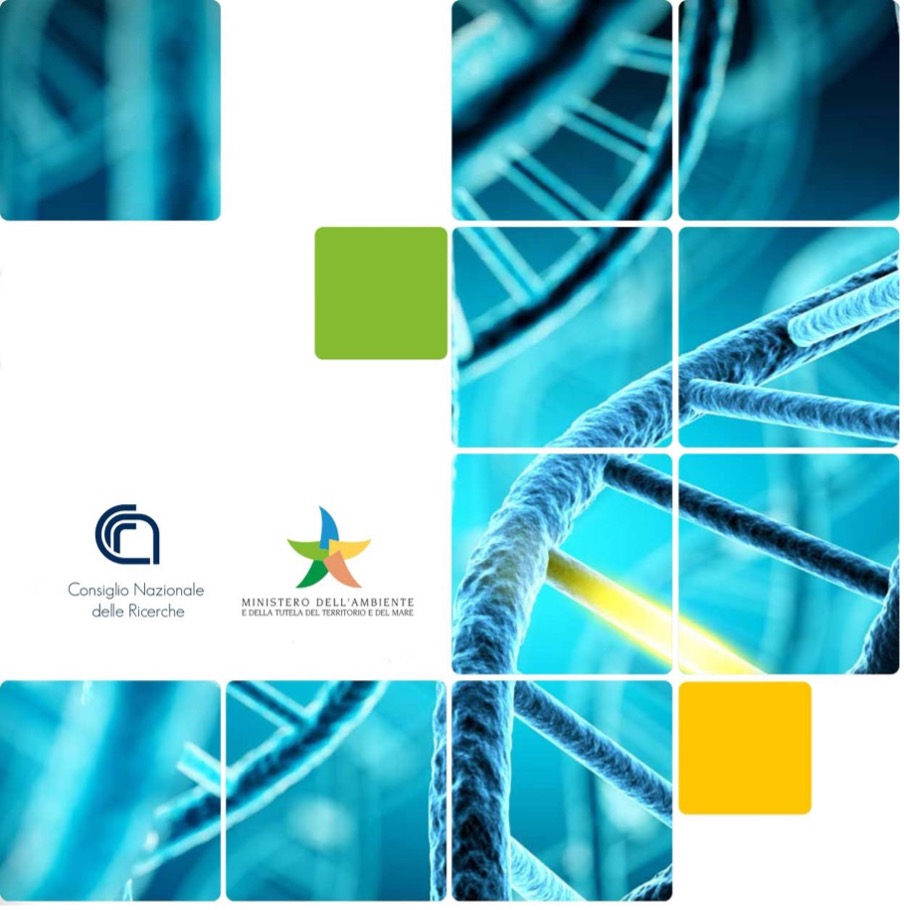Collaboration agreement between the Directorate General for Natural Heritage and the Sea of MASE and the Institute for Bioeconomy of the CNR for the implementation of the Cartagena Protocol on biosafety and by the Nagoya-Kuala Lumpur Supplementary Protocol on liability and compensation provisions
Duration of the project: 01/10/2020 – in progress
Abstract: In 2019, the MASE and the CNR-IBE signed a Collaboration Agreement to carry out activities of common interest concerning the implementation of national obligations posed by the Cartagena Protocol on biosafety and the Nagoya – Kuala Lumpur Supplementary Protocol on liability and redress.
The Cartagena Protocol on Biosafety to the Convention on Biological Diversity is an international agreement which aims to ensure the safe handling, transport and use of living modified organisms (LMOs) resulting from modern biotechnology that may have adverse effects on biological diversity, taking also into account risks to human health, and focusing specifically on transboundary movement
Description
The Convention on Biological Diversity (CBD) considers the issue of biosafety in two different articles, Article 8 on in situ conservation and Article 19 on the use of biotechnology and the distribution of its benefits.
On this basis, the Cartagena Protocol on Biosafety was adopted in January 2000. The objective of the Protocol is to contribute to ensuring an adequate level of protection in the field of safe transfer, handling and use of Living Modified Organisms (LMOs) obtained with modern biotechnology that may have adverse effects on the conservation and sustainable use of biological diversity, also taking into account the risks to human health, and focusing specifically on transboundary movement.The Cartagena Protocol, in article 3, defines a Living Modified Organism (OVM) as “any living organism possessing an unprecedented combination of genetic material, obtained by making use of modern biotechnology”. Directive 2001/18/EC, which implemented the Protocol at European Union level, in article 2, defines a Genetically Modified Organism (GMO): “an organism, other than a human being, whose genetic material has been modified differently from what occurs in nature by mating and/or genetic recombination”.
The Cartagena Protocol of the CBD entered into force on December 29, 2003 and was ratified by Italy with the law January 15, 2004, n. 27.
Article 29 of the Protocol establishes the Conference of the Parties serving as meeting of the Parties (COP-MOP) or the Conference of representatives of the countries that have ratified the Protocol. The COP-MOP examines and promotes the implementation of the Protocol, evaluates the results achieved and adopts amendments, formulates recommendations, establishes subsidiary bodies, interacts with the competent international organizations and intergovernmental and non-governmental bodies.
Among other things, the Protocol established the Biosafety Clearing House (BCH) which ensures a mechanism for the exchange of information on biosafety between the Parties and all the subjects involved in the risk assessment and management processes deriving from living organisms modified.
Nagoya – Kuala Lumpur Supplementary Protocol on Liability and Redress to the Cartagena Protocol on Biosafety
The Nagoya-Kuala Lumpur Supplementary Protocol is an international agreement adopted under the Cartagena Protocol on Biosafety. The Supplementary Protocol aims at contributing to the conservation and sustainable use of biological diversity by providing international rules and procedures in the field of liability and redress relating to living modified organisms.
The Supplementary Protocol entered into force on March 5, 2018, and the European Union ratified it with the Council Decision on February 12, 2013Italy ratified the Nagoya-Kuala Lumpur Supplementary Protocol with the Law No. 7 of January 16, 2019.
CNR-IBE project manager
dott.ssa Rosanna Mabilia
MASE project manager
dott.ssa Marina Andreella


